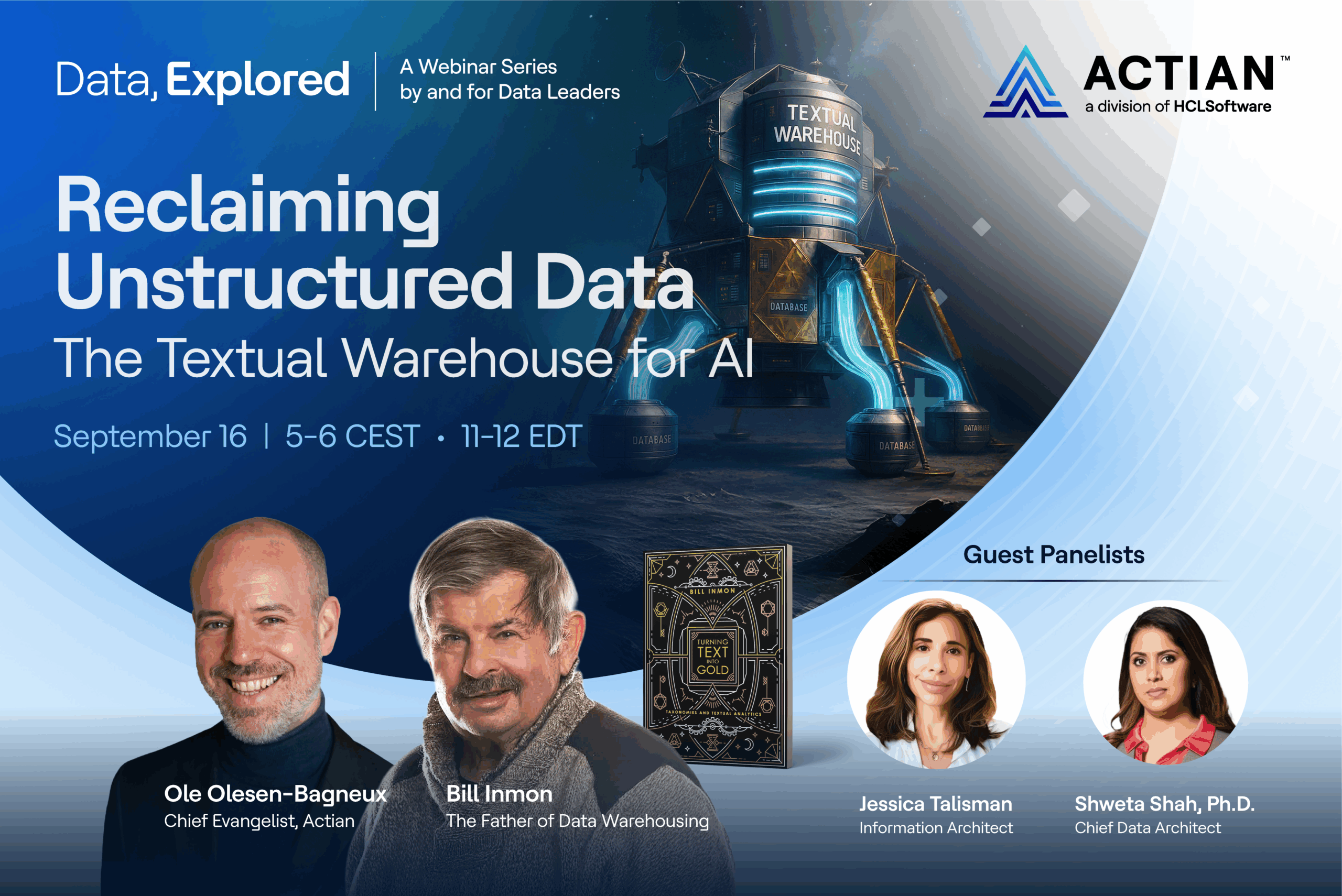Five Benefits of the Hybrid Cloud Approach
Actian Corporation
September 21, 2020

The ISO 17788 Cloud Computing Overview and Vocabulary standard defines a hybrid cloud as “a cloud deployment model using at least two different cloud deployment models.” When we talk about different deployment models, we are talking about private clouds, public clouds with multiple different cloud providers, and even legacy applications. When the different deployment models are combined, the multi-hybrid cloud is created. The multi-hybrid model allows businesses to optimize their operations.
Competitive Advantage
When a business employs a private and public cloud, it can make careful decisions regarding what applications and services are deployed to each part of the architecture. Often the investment in services that differentiate the business from the competition is kept on the private cloud. Other services that need to be provided but are not part of the core business services can be deployed to the public cloud.
It is even likely that the cloud provider may offer these necessary services so the development team can focus on driving business value. Because it is easy to provision resources, the public cloud remains a good way to manage the resources needed for data storage.
Deployment to a Cloud Provider
There are many cloud service providers, but the top three in several assessments related to market share are Amazon Web Services (AWS), Microsoft Azure, and Google Cloud. A hybrid cloud solution for a business can include one or more providers. While all of the cloud providers offer similar basic services, they all have unique offerings that need to be reviewed for applicability to a business need. For example, GCP offers Cloud Interconnect, a dedicated connection option that bypasses the need for an Internet Service Provider. Cloud Interconnect allows Google to offer Service Level Agreements that include guaranteed uptimes as high as 99.99%.
Data Residency
Business needs for hybrid clouds include the performance of the network when accessing data and applications. There are two factors to consider, latency and throughput. Latency is defined as the time taken for a data transaction request to complete a round trip between the sender and the receiver. One of the many options offered by the various cloud providers is the location of their servers. In the case of AWS, Azure, and Google Cloud, the servers are spread out throughout the world. The location of the data and applications impacts the latency of serving that data. This is especially important for transactional database access. Each of the cloud service providers offers a simple web-based method for determining network latency.
Beyond the questions of performance, there are other issues concerned with data residency. For example, there are multiple categories of sensitive data, including personal data, trade controlled data, regulated data. The location and movement of data needs to be understood, monitored and managed. In a cloud solution, the question becomes: what knowledge of and access to the customer’s data does the custodian (cloud service provider) have, and who is at risk for storing data that may contravene local laws? What access does the provider/processor have to the data? Answers to these questions are an important aspect to determining whether data is best stored in the cloud or on-premises.
Benefits of the Hybrid Approach
There are several benefits to the multi-hybrid cloud approach.
- Flexibility – Businesses can repartition or deploy elements of a solution based on changing technology services or improved capabilities of one or more of the cloud service providers. Actian Data Platform supports AWS, Azure, Google Cloud and on-prem as deployment platforms. It uses the same database, data model, and ETL integration on-premises and in each of these cloud providers, thereby offering significant deployment flexibility.
- Performance – Actian Data Platform takes full advantage of modern processors to maximize concurrency, parallelism, and resource utilization. In addition, businesses can quickly leverage new capabilities in their solutions no matter where they are available in the hybrid cloud.
- Elasticity – The number of Compute Nodes in an Actian Data Platform cloud deployment can start at a low of 4 nodes, automatically ramp up based on usage and demand, with peak end of week or end of month capacity when needed. Thus, resources are allocated and paid for only if and when needed.
- Consistency – Businesses can support continuous delivery of applications across the hybrid cloud leveraging common tools and processes.
- Agility – Businesses can design and develop solutions in such a manner that where they are deployed across a hybrid cloud can be adjusted in a seamless manner.
Costs of the Hybrid Approach
Most cloud service providers offer the idea that infrastructure updates are automatically applied so that businesses do not need to manage updates. Automatic updates may cause issues with applications that are sensitive to versions, so they still need to be tracked. Beyond updates, there are potentially concerns about managing multiple cloud providers, but the benefits outweigh the costs.
The multi-hybrid cloud solution using an application that has been architected for performance and the combined on-premises and cloud environment provides the power to query and analyze business data at near real-time speed.
Actian Data Platform is a hybrid cloud data warehouse service designed to deliver high performance and scale at a fraction of the cost of alternative solutions. It is a hybrid platform that can be deployed on-premises as well as on multiple clouds, including AWS, Azure, and Google Cloud.
You can learn more about Actian here.
Subscribe to the Actian Blog
Subscribe to Actian’s blog to get data insights delivered right to you.
- Stay in the know – Get the latest in data analytics pushed directly to your inbox.
- Never miss a post – You’ll receive automatic email updates to let you know when new posts are live.
- It’s all up to you – Change your delivery preferences to suit your needs.
Subscribe
(i.e. sales@..., support@...)







